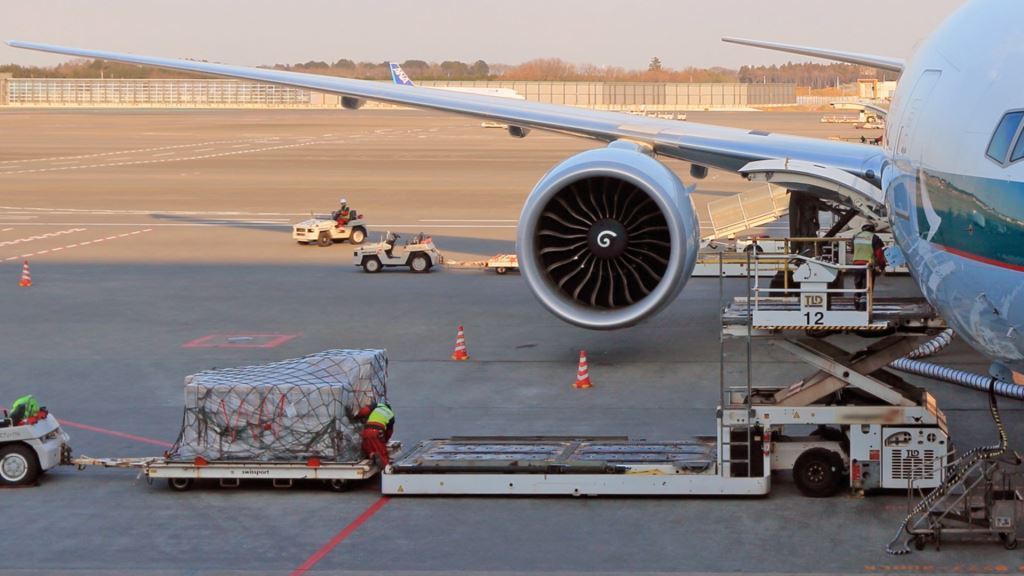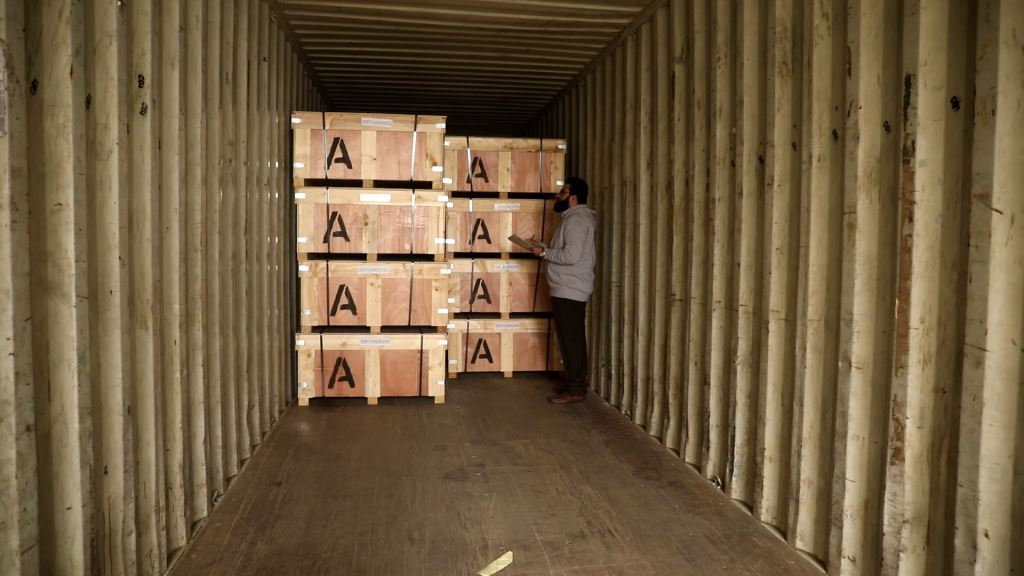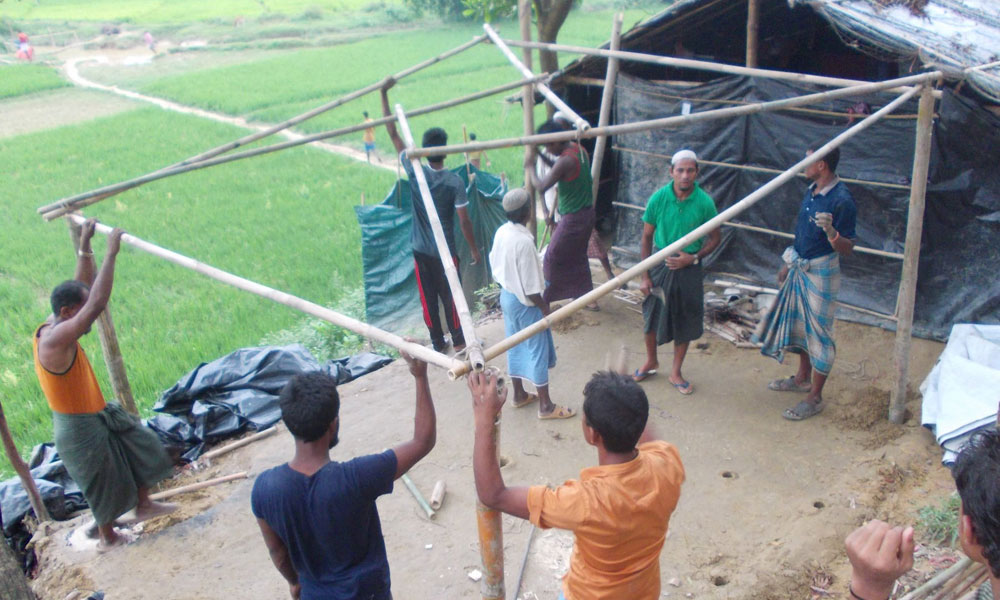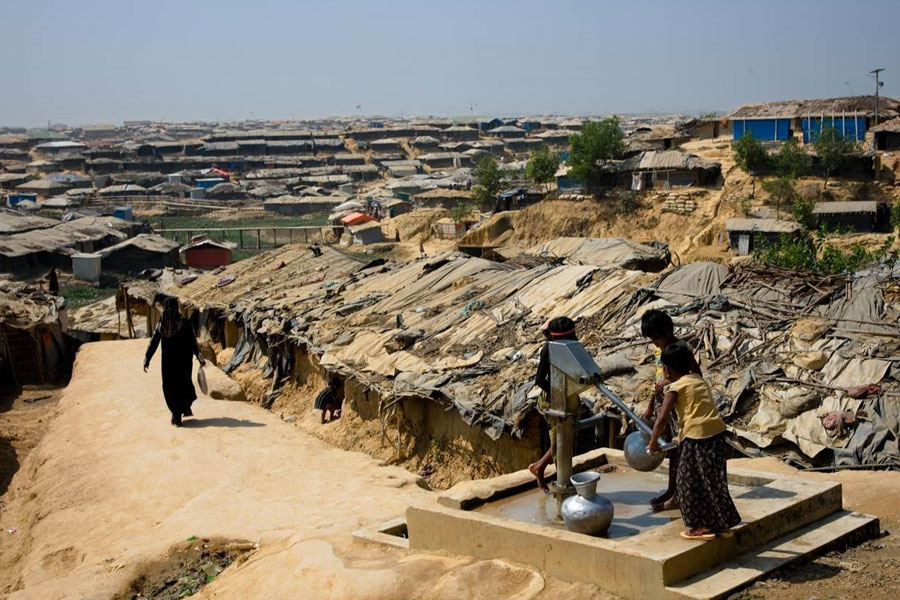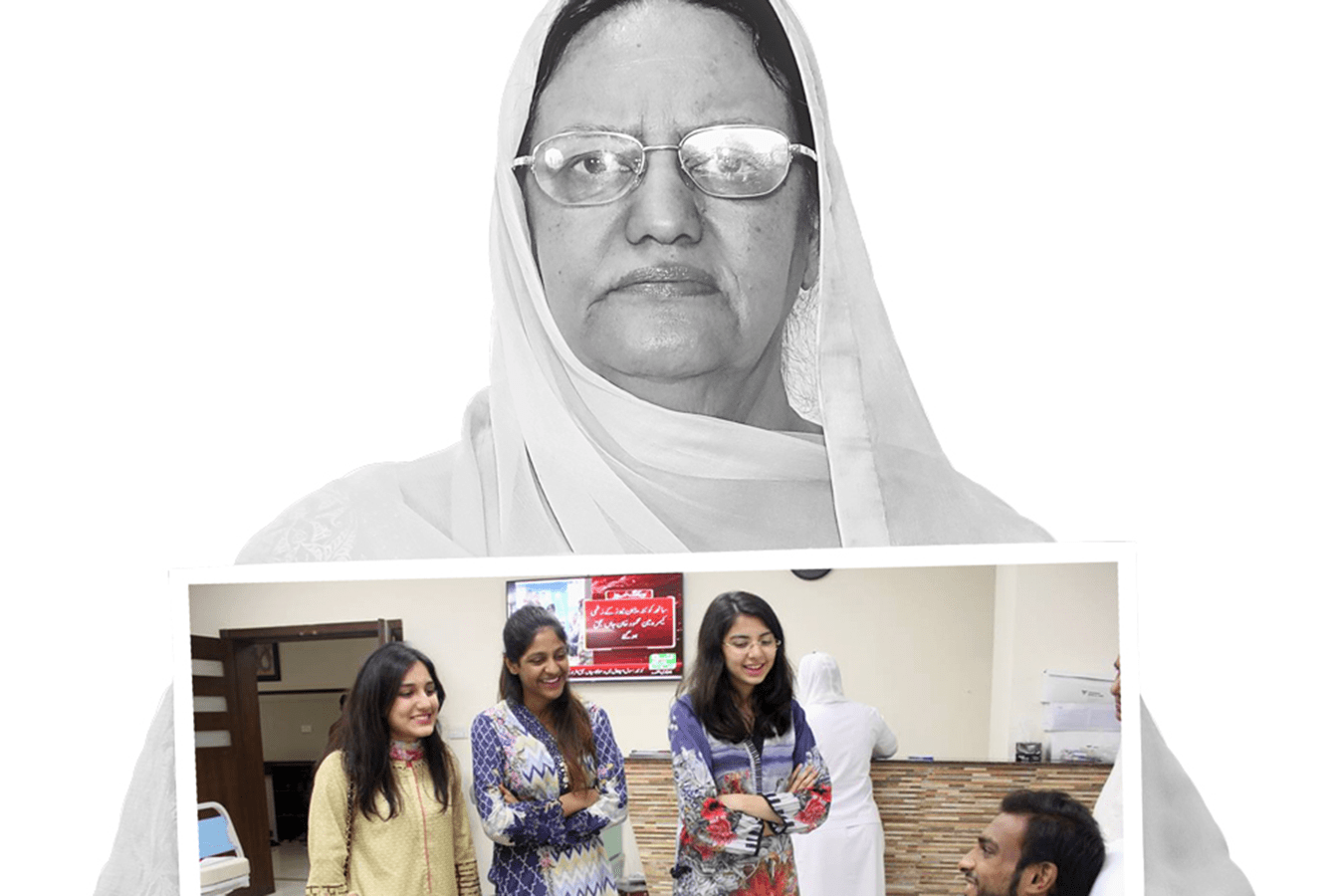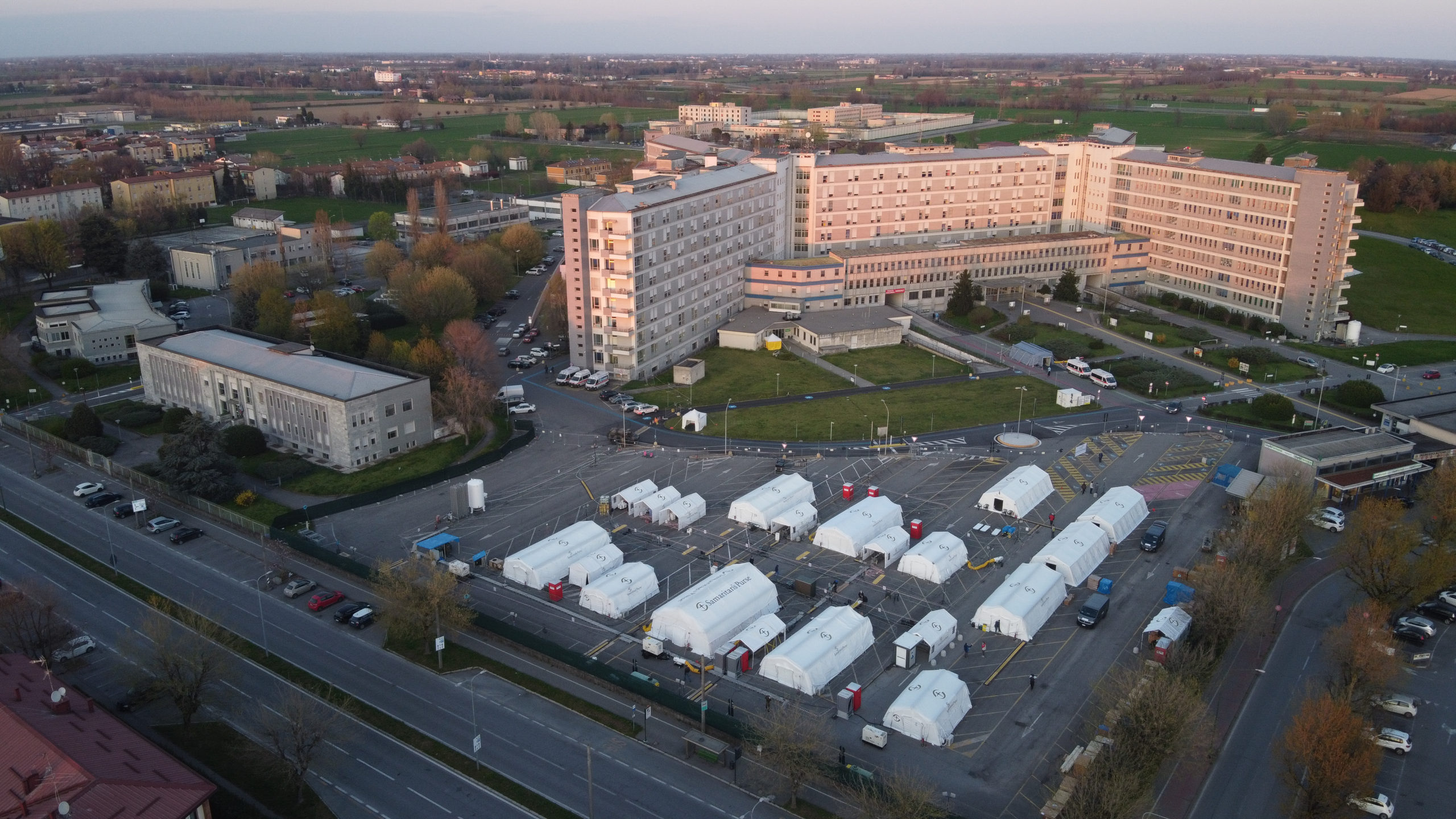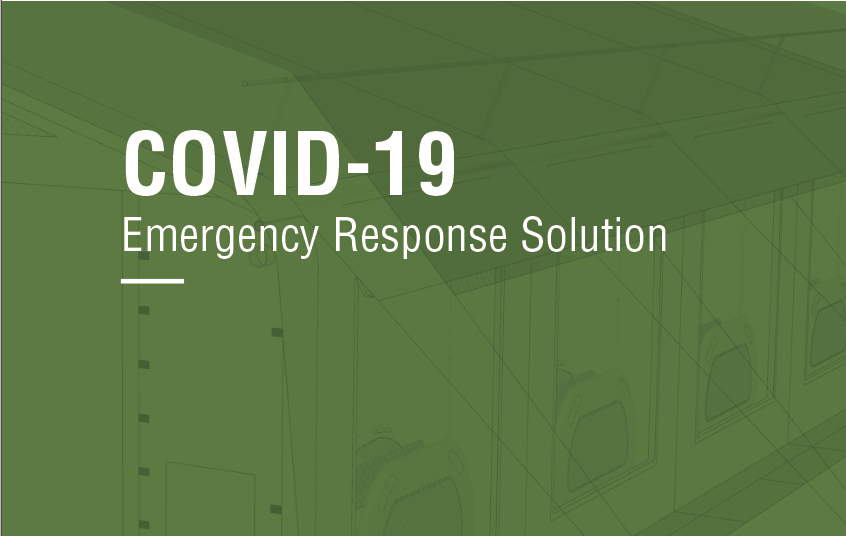Blockchain for Social Impact: end-to-end traceability of humanitarian supplies?
To support blockchain development in the humanitarian sector, NRS Relief participated in a pilot project that used the technology for tracking shipments to assess the transparency and efficiency potential
As the leading supplier in the humanitarian supply chain, NRS Relief was recently invited to participate in a pilot that used blockchain technology to track one of our international shipments with relief cargo. The pilot was jointly launched by Palladium – a social enterprise, Datarella – a private software company and UK Department for International Development (DFID) under its Frontier Technologies Programme to assess the potential of blockchain in ensuring transparency and efficiency. The pilot was limited in scope due to the small number of humanitarian actors involved; one freight forwarder, DFID, Palladium and NRS Relief as the supplier. That said, the pilot serves as evidence that can enable a scale-up to utilize blockchain in more complicated multi-stakeholder humanitarian supply chains.
But what is blockchain exactly? Essentially, it is a digital, secure, public record of transactions, allowing all members of a network to track the real-time location of relief supplies. The word “block” describes the way this ledger organizes data in blocks, that are interlinked to form a chain, allowing any changes to be made visible, preventing manipulation of data and any fraudulent tampering. This is why data preserved on blockchain is referred to as decentralized and immutable, while the technology itself is called “a trustless technology” that trusts no single entity with its record of valuable data. According to a Stanford University survey, the most popular primary benefit of blockchain is being able to reduce risk and fraud (38%), signaling towards the demand for a reliable mechanism to eliminate uncertainty in resource management, that is especially evident within the humanitarian sector.
The lack of visibility in humanitarian supply chains is a real challenge faced by the community. In the aftermath of disasters and conflicts, there is immense pressure regarding the availability, quantity and location of relief items in transit. More importantly, donor agencies routinely express concerns around much-needed aid getting intercepted because of the lack of traceability in the supply chain. Blockchain technology offers a promising solution to this problem by ensuring end-to-end traceability.
Improving efficiency through smart contracts:
In the aftermath of the 2015 Nepal earthquake, observations showed that local logistics services were reluctant to move relief items for medium/small-scale humanitarian organizations (HOs) due to risks in payments and possible deviations from prior agreements. This is where blockchain-based smart contracts come to play a key role by ensuring transparency, providing an overture for partnerships between HOs and private sector and improving overall efficiency within the sector. Smart contracts are computer protocols that facilitate, enforce and even execute the performance of an automated contract. For instance, they could be used to tie payments to delivery of relief supplies, eliminating inhibitions around delays or default in payments, while ensuring the much-needed relief supplies to affected populations.
Importantly, smart contracts also eliminate the need for third party higher authorities such as governments and banks. According to a survey by Fidelity Charitable, donor agencies lose 3% to 10% of funds in transaction fees and inefficiencies caused by having to go through intermediaries such as banks and governments. Smart contracts reduce these process inefficiencies and save costs. Payments are made on an immediate basis; fees are much lower, and risks of fraud are mitigated.
Despite the potential utility of blockchain and smart contracts for HOs, the technology has attracted a fair share of criticism. To begin with, a significant caveat to its utility is that blockchain requires electricity, internet access and a lot of computing power, things that are never readily available in crisis contexts. Secondly, absolute transparency may prove to be counterintuitive, especially in the event of political conflicts. In the 2003 Iraq war, western NGOs and UN aid workers faced repercussions because local insurgents viewed them as the enemy, so in certain cases it is important for HOs to keep their funding secure to ensure effective utilization. The publicly available immutable record of all actors in a blockchain network might produce undesired consequences for humanitarian actors responding to politically instigated crises.
That said, blockchain technology has the potential to transform businesses, economies and even human interaction, just the way the internet did in the early 2000s. It seems to have offered promising solutions for the humanitarian context as well, but the technology is very much in its ideational and infancy stage. What it can do to revolutionize the sector is yet to be backed by reliable evidence. At NRS Relief we are constantly seeking to support our partners and clients in their innovation and technology journeys. In this instance, we hope our contribution to the pilot, however limited, will help the industry to develop the technology for social impact.










